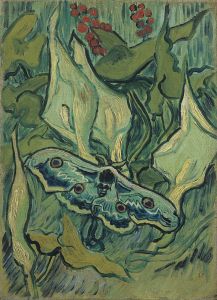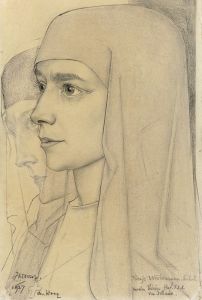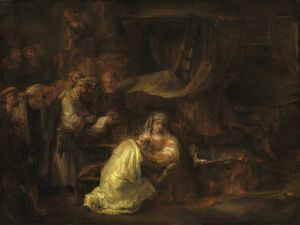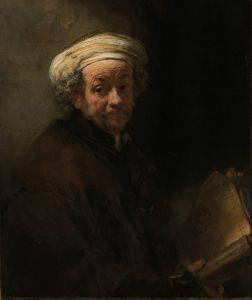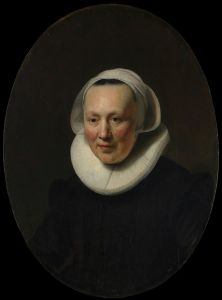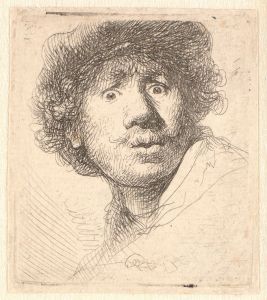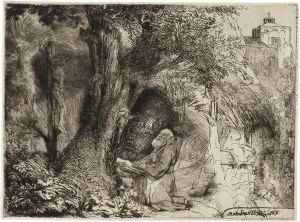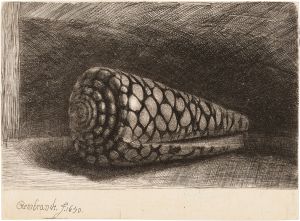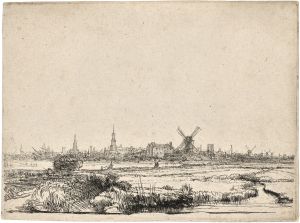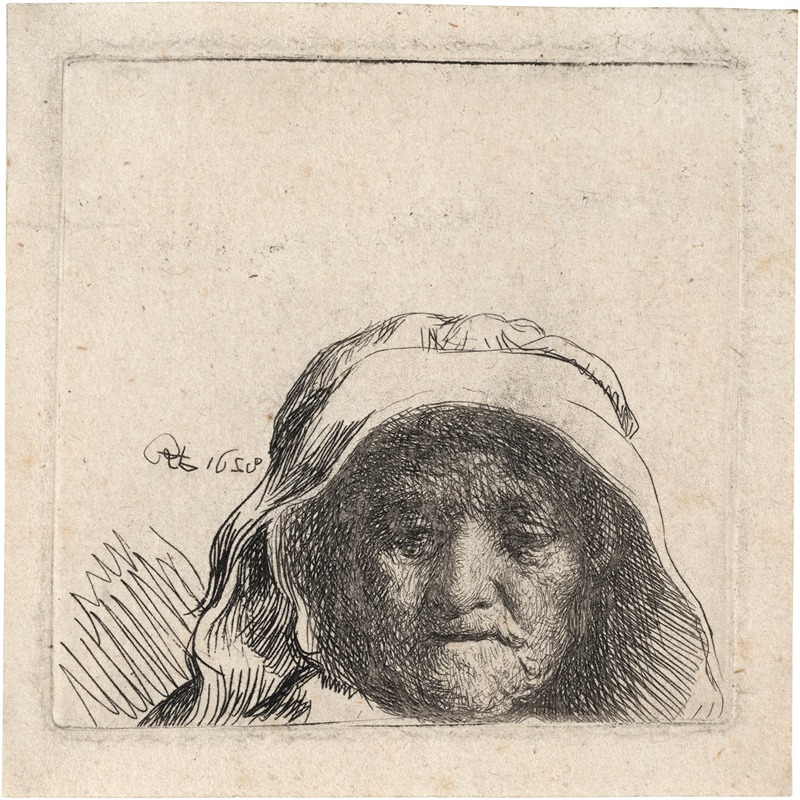
The Artist’s Mother: Head only, full Face
A hand-painted replica of Rembrandt van Rijn’s masterpiece The Artist’s Mother: Head only, full Face, meticulously crafted by professional artists to capture the true essence of the original. Each piece is created with museum-quality canvas and rare mineral pigments, carefully painted by experienced artists with delicate brushstrokes and rich, layered colors to perfectly recreate the texture of the original artwork. Unlike machine-printed reproductions, this hand-painted version brings the painting to life, infused with the artist’s emotions and skill in every stroke. Whether for personal collection or home decoration, it instantly elevates the artistic atmosphere of any space.
The Artist’s Mother: Head only, full Face is a painting attributed to the Dutch artist Rembrandt van Rijn, one of the most renowned painters of the Dutch Golden Age. The artwork is a portrait of an elderly woman, traditionally identified as Rembrandt's mother, although there is no definitive evidence to confirm this identification. The painting is part of a series of studies and portraits that Rembrandt created during the early stages of his career, focusing on capturing the human face with remarkable detail and emotional depth.
The artwork is believed to have been created around 1628-1629, during Rembrandt's Leiden period, when he was still developing his distinctive style. During this time, Rembrandt was particularly interested in studying light and shadow (chiaroscuro) and exploring the textures of skin, hair, and fabric. This painting exemplifies his skill in rendering the subtleties of aging skin and the play of light across the subject's face.
The composition of the painting is simple and intimate, focusing solely on the head and face of the sitter. The woman is depicted with a neutral expression, her gaze directed slightly downward, which lends the portrait a sense of introspection and quiet dignity. The background is dark and unadorned, a characteristic feature of many of Rembrandt's portraits, which serves to draw attention to the subject's face.
The painting is executed in oil on panel, a medium commonly used by Rembrandt during his early years. The brushwork is meticulous, with fine details that highlight the wrinkles, folds, and contours of the sitter's face. The use of light and shadow is particularly striking, with the illumination falling gently on one side of the face, creating a three-dimensional effect.
While the identity of the sitter remains uncertain, the painting has often been associated with Rembrandt's mother, Neeltgen Willemsdr. This association is largely based on tradition and the recurring theme of elderly female figures in Rembrandt's early works. However, there is no concrete evidence to confirm this claim, and it is possible that the sitter was a model or another individual from Rembrandt's circle.
The current location of the painting is not definitively established, as it is one of several works attributed to Rembrandt that have been subject to scholarly debate regarding authorship and provenance. Despite this, the painting is widely recognized as an example of Rembrandt's early mastery in portraiture and his ability to convey the humanity and individuality of his subjects.
This artwork remains an important piece in the study of Rembrandt's development as an artist and his exploration of the human condition through portraiture.









